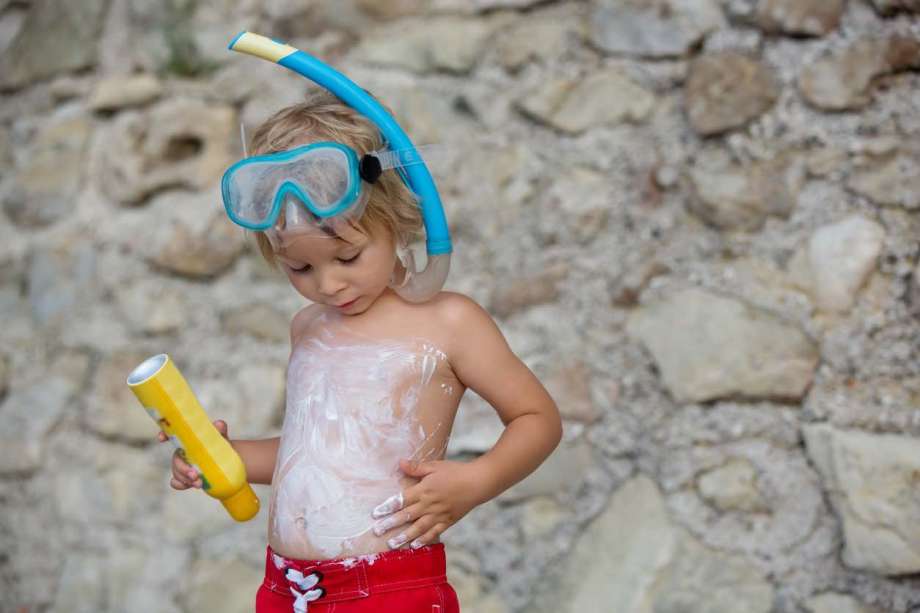No Such Thing as "Sunblock": Labeling Rules for Sunscreens

No Such Thing as "Sunblock": Labeling Rules for Sunscreens
Did you know the words "waterproof," "sweatproof," and "sunblock" can no longer be used on sunscreen labels? Recent rules implemented by the U.S. Food and Drug Administration (FDA) are aimed at making sunscreen labels more informative and accurate in their health claims.
Many sunscreens on the shelf today are labeled with catchy claims, such as "anti-aging," "skin cancer protection," and "broad spectrum" — implying that they protect against a range of the sun's harmful rays and effects. But the FDA says that prior labeling rules mainly addressed protection against ultraviolet B (UVB) rays, and did not address ultraviolet A (UVA) rays, which can also cause skin cancer and early skin aging.
Today's sunscreen labeling rules mean:
- Sunscreens will have to pass a "broad spectrum test" to prove that they protect against UVA and UVB rays in order to be labeled "broad spectrum."
- Only sunscreens that pass the broad spectrum test and have a sun protection factor (SPF) of 15 or higher can make claims of protecting against skin cancer and early skin aging.
- Sunscreens labeled with only an SPF value — and not labeled as "broad spectrum" — can only claim to help prevent sunburn.
- Sunscreens can no longer be labeled "waterproof" or "sweatproof" or be identified as "sunblock" because those terms imply absolute effectiveness, which is misleading.
- "Water-resistant" or "sweat-resistant" sunscreens must pass FDA tests before they can then be labeled as such, and they must state on the front label how long they are effective while the user is swimming or sweating.
- Labels cannot claim "instant" or "all-day" protection without FDA testing and approval because most sunscreens need time to take effect and require reapplication to stay effective.
- All sunscreens must list their drug facts on the back or side of the container.
The FDA is also considering a rule that would cap SPF values on sunscreen labels at "50+" because there is a lack of evidence that sun protection increases in sunscreens above SPF 50.
The FDA is developing possible new directions and warnings to include on the labels of sunscreens depending on their form — such as sprays, towelettes/wipes, and sticks — because their effectiveness varies.
In the meantime, the same tips for sun protection still apply, such as staying out of the sun from 10 a.m. to 2 p.m.; using sunscreen of SPF 15 or higher (on children older than 6 months); and using clothing, brimmed hats, and sunglasses to shield against the sun. Babies under 6 months old should be kept out of the sun and should not wear sunscreen because of their sensitive skin.